Watches are the most useful accessory. Most consumers choose them based on brands, but really, what’s in a brand? We might get different, subjective answers, but what we can figure out is how those brands got their names.
 1. Rolex
1. Rolex
Different stories showed how Rolex arrived at its name. After all, it is the most recognizable watch brand in the world. When it was founded in 1905, the company was originally had a predictable name Wilsdorf and Davis, because it was founded by brothers-in-law Hans Wilsdorf and Alfred James Davis. Historians wrote that Wilsdorf made up the name “Rolex” after combining the letters of the alphabet in each possible way. Wilsdorf also said he chose it because it was easy to say in different languages and is short enough to fit on the face of watches.
Another story, which was not confirmed by the founders, said that the name came from the French phrase Horlogerie exquise that means “horological excellence” — which, in contracted form is Rolex.
 2. Swatch
2. Swatch
Swatch branded watches are Swiss-made, but the brand is not a contraction for “Swiss watch,” as many people think so. Swatch is a contraction to “second watch,” because their products were introduced as “casual, fun and relatively disposable accessories.” What they consider as the first watch of most people is the more luxurious model or the family inheritance.
 3. Seiko
3. Seiko
Seiko has been launched as a watch and jewelry shop named K. Hattori in Japan during 1881. After eleven years, the company began to produce clocks and named itself Seikosha, meaning “house of exquisite workmanship.” The word “Seiko” itself means “exquisite” or “success.” Eventually, it was picked as the name of the company.
 4. Omega
4. Omega
The chosen brand of NASA and James Bond, the company was founded by Louis Brandt under the name La Generale Watch Co. in 1848. The name Omega was coined by his two sons Louis-Paul and César when they developed a production control system that allowed parts to be interchangeable. Watches built with the system were sold under the Omega brand, which meant “perfection.” Through the years, the Omega brand of the La Generale Watch Co. was a success that led the company to spin off the brand as its own new firm.
 5. Hublot
5. Hublot
One of the best-selling Swiss watch brands, Hublot is as common as Rolex to the younger generation. Italian founder Carlo Crocco named it as hublot, which means “porthole” in French in the 1980s, as several companies that time was naming their brands on things connected to the universe. The company pioneered in making watches with a natural rubber strap and it proved to be a commercial success in its first year. When Jean-Claude Biver became CEO of the company in 2004, Hublot further experienced exponential growth in sales.
 6. TAG Heuer
6. TAG Heuer
TAG Heuer got its name from a pretty straightforward manner. “TAG” was an acronym for “Techniques d’Avant-Garde” and “Heuer” was the surname of the founder, Edouard Heuer. The brand was popular to automobile racers during the 1950s to 70s, but now that the company is led by Jean-Claude Biver, the brand was made more accessible to the general public by making it more affordable. The move received criticism from dedicated watch lovers, but it placed TAG Heuer to the list of the most popular Swiss watch brands today.
 7. Zenith
7. Zenith
A then 22-year-old George Favre-Jacot founded the watchmaking company in 1865. The name “Zenith” came to his mind when he was looking up at the star-filled sky, thinking he must name his brand to the highest point in the universe: the zenith. It symbolizes the heights of excellence, and from this emerged the choice of a five-pointed star as a corporate icon.
 8. Casio
8. Casio
Casio is evidently the top choice around the world in terms of digital watches, as its popular G-Shock watch was a best-seller. The name “Casio” was simply an adaptation of the founder’s name Tadao Kashio. His first major product was the yubiwa pipe, a finger ring that would hold a cigarette, enabling smokers to inhale the cigarettes down to the stub without staining their fingers. This was invented just after World War II in 1946 when a cigarette was very valuable, so it was a huge success. In 1957, Kashio’s brother Toshio developed the world’s first electro-mechanical compact calculator, and the company has made history since then.


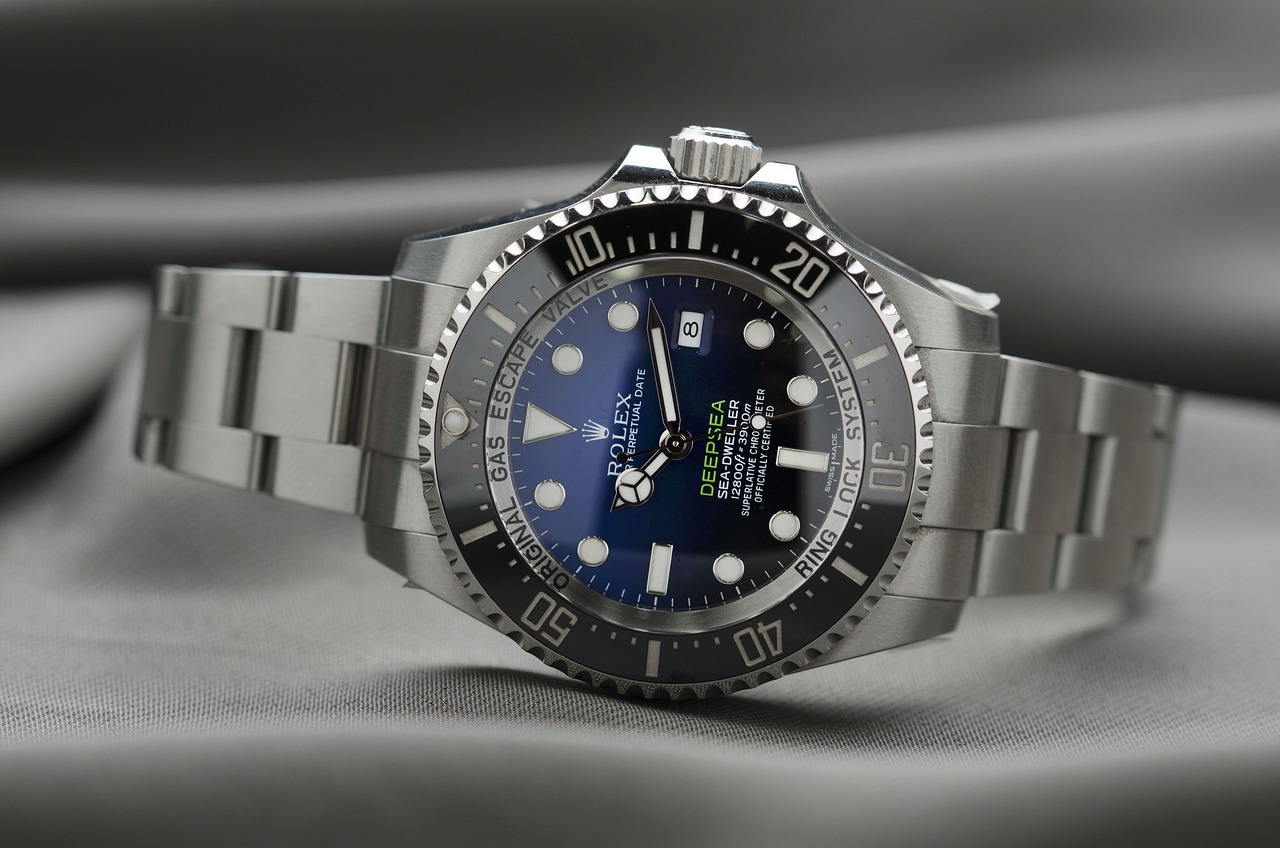 1. Rolex
1. Rolex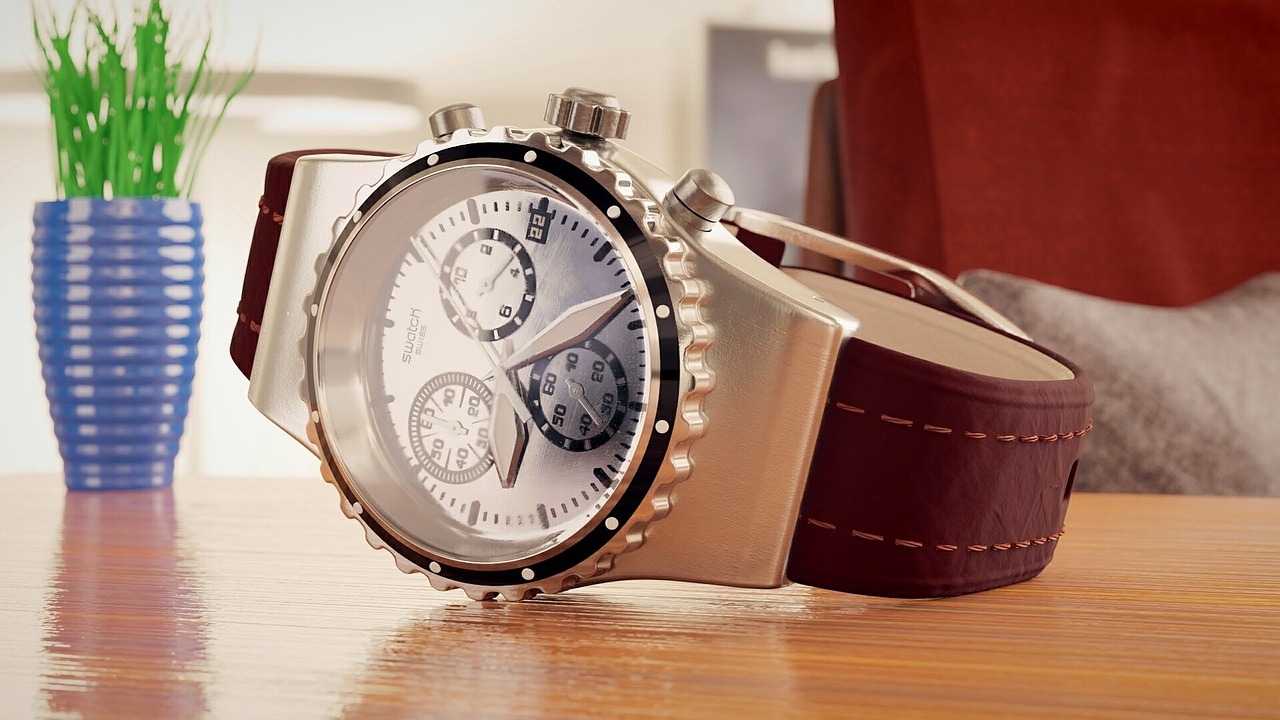 2. Swatch
2. Swatch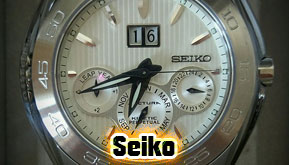 3. Seiko
3. Seiko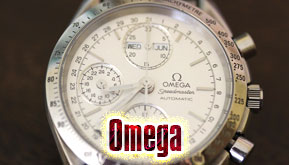 4. Omega
4. Omega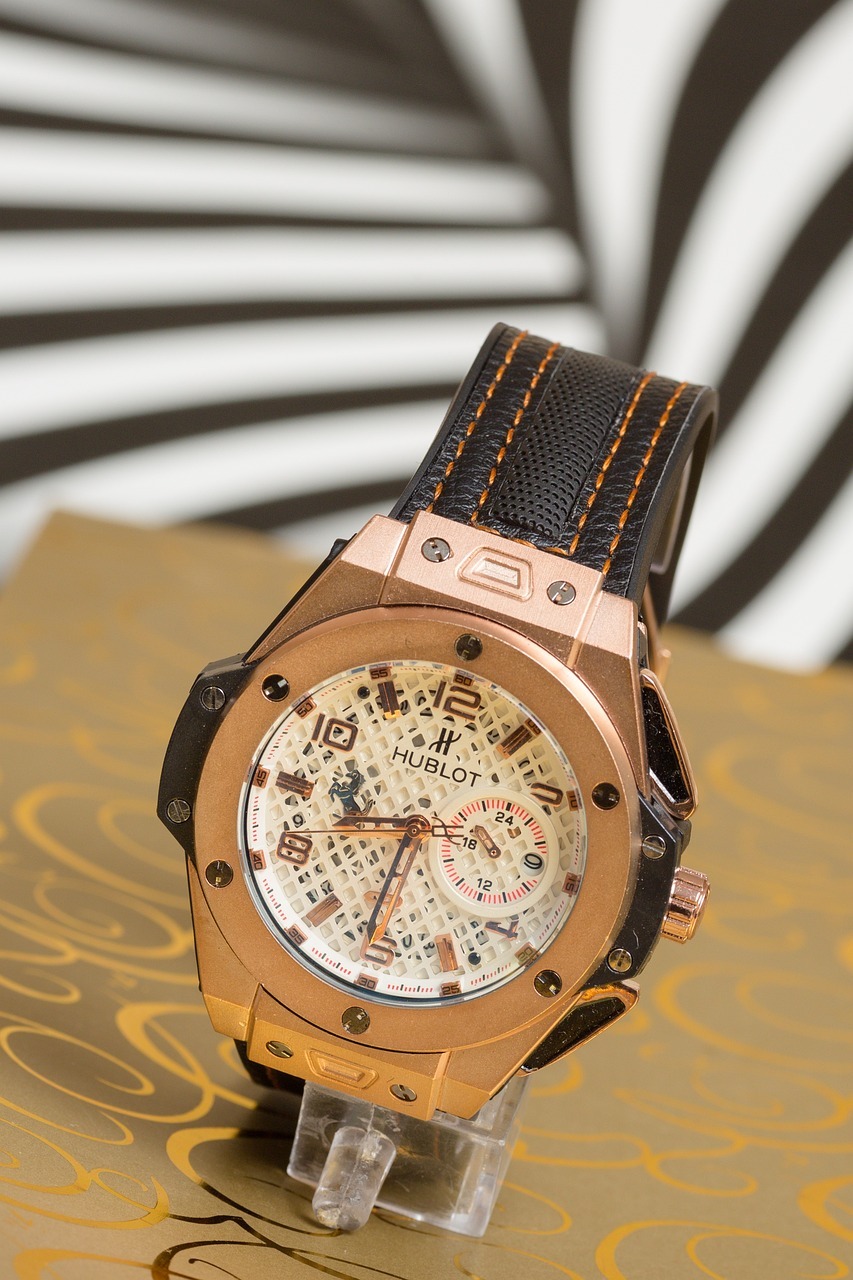 5. Hublot
5. Hublot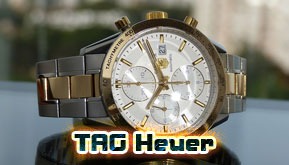 6. TAG Heuer
6. TAG Heuer 7. Zenith
7. Zenith 8. Casio
8. Casio